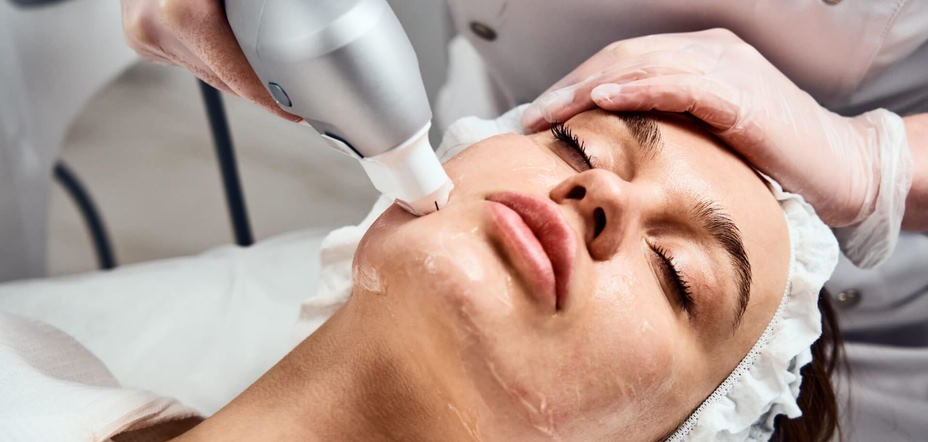
How often should you make a face peel?
Face peeling is a skin care treatment that involves the removal of dead skin cells from the outermost layer of the skin. It helps to get smoother, healthier, and brighter-looking skin by exfoliating away the dull and damaged surface layer. In addition, it will make your face look more youthful.
Face peels can also help treat various skin issues such as acne, hyperpigmentation, fine lines, and wrinkles.
What are the types of face peelings?
There are two types of facial peels: chemical and mechanical.
Chemical peels use chemicals such as glycolic acid, salicylic acid, trichloroacetic acid (TCA), or other exfoliators to remove the top layers of skin. This process removes dead skin cells, stimulates new cell growth, and improves skin tone and texture. Depending on your skin type and desired results, a chemical peel can range from gentle exfoliation to deeper treatments requiring downtime.
Face mechanical peel, also known as microdermabrasion, is a cosmetic procedure that uses an abrasive tool to exfoliate the skin and remove dead skin cells. The process involves using a device to spray tiny crystals onto the skin, gently removing the outer layer of dead skin cells. The procedure is usually done in a dermatologist’s office and takes about 30 minutes. After the treatment, you may have some mild redness and swelling that should resolve within a few hours.

However, it’s important to note that results vary from person to person and may require multiple treatments for optimal results. Talk to your doctor or dermatologist about which type of peel is best for you.
How often should you make a face peel?
The frequency of face peels will depend on your skin type, the product you are using, and the desired results. For instance, if you have oily skin or acne-prone skin, it is recommended to use a face peel once or twice a week. However, if you have dry or sensitive skin, then it may be best to use it once every two weeks.
It’s essential always to follow the product instructions and not use more than recommended, as this can cause irritation or skin damage. Additionally, if you start to notice any redness, dryness, or irritation on your skin, then it’s best to reduce the frequency of usage until your skin has adjusted.

It’s also important to remember that face peels should only be used in addition to an appropriate skincare routine. It means following a regular cleansing and moisturizing routine every day and avoiding products that are too harsh for your skin type. Doing this will help maintain healthy skin and ensure your facial peel is as effective as possible.
Is home face peeling worse than salon one?
It depends on the type of face peel you are considering. Generally, home peels tend to be less aggressive and provide more gradual results, making them ideal for those with sensitive skin or who are just getting started with facial treatments. On the other hand, salon peels often involve stronger ingredients that can provide more dramatic results in a shorter amount of time but may also come with a higher risk of adverse reactions due to their concentrated nature.